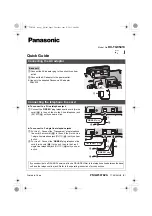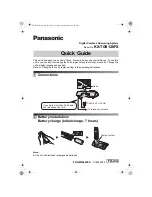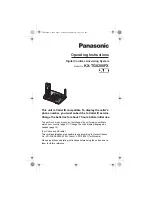
OSPF has features that:
Improve routing effectiveness and efficiency.
Conserve IP address space and increase addressing flexibility.
Enhance network security.
Increase routing flexibility.
These features make OSPF attractive for use on both small and medium-
sized internets as well as large internets. This application note provides an
overview of OSPF and describes selected features in more detail using
model networks as examples.
Routing Improvements
OSPF has many features that are unarguably improvements over RIP. Those
core features that improve the effectiveness and efficiency of routing
include hierarchical routing, new routing metrics, the link-state protocol,
and the topological database.
Hierarchical Routing—Areas
OSPF supports a routing hierarchy. Just as a hierarchical file structure is a
better way to organize files than a flat file structure, so too a hierarchical
network structure is a better way to organize networks than a flat network
structure. The OSPF hierarchical structure helps to reduce the size of the
topological database maintained by each router. (The topological database is
discussed in more detail below.) It also helps to minimize routing control
traffic. An AS may consist of one or more “areas”. Small networks may
consist of a single area; large networks may contain many areas. Each area
comprises a group of networks (or subnets). Each area in the AS is attached
to the OSPF Backbone. An OSPF AS is logically a star: areas extend in a ra-
dial fashion from the Backbone. Note that a single-area AS would not have a
Backbone area.
Data is routed within an area when the destination system is in the same
area as the source. This means that when two systems inside area A (figure
1) communicate, the data is routed within area A. When the destination
system is in a different area than that of the source, then data is routed from
the source area to the Backbone area to the destination area. Therefore
when a system in area A communicates with a system in area B, the traffic is
routed from within area A to the Backbone. (The OSPF Backbone is an area
in itself.) The router that connects area A to the Backbone is referred to as
an “area border router”. The data is then routed through the Backbone to
area B, where it is finally routed to the destination system.
A
p
p
li
c
a
ti
o
n
N
o
te
s
/
C
a
s
e
S
tu
d
ie
s
3
Routing with OSPF
Routing Improvements
3-71
Summary of Contents for 600 Series
Page 1: ...Hewlett Packard Series 200 400 and 600 Routers HP Routing Services and Applications ...
Page 4: ......
Page 5: ...1 Product Notes ...
Page 6: ...Features of HP Routers Architecture and Technology Branch Office Routing Product Notes 1 2 ...
Page 38: ...Architecture and Technology Software Control Path Architecture 1 34 ...
Page 52: ...Branch Office Routing Future Directions 1 48 ...
Page 53: ...2 Routing Services Notes ...
Page 106: ...Bridging Service Traffic Prioritization 2 54 ...
Page 158: ...Novell IPX Routing Service NetBIOS Protocol Support 2 106 ...
Page 194: ...Data Compression for WAN Links Conclusion 2 142 ...
Page 195: ...3 Application Notes and Case Studies ...
Page 224: ...Improving Network Availability Application Recovery 3 30 ...
Page 234: ...ISDN Wide Area Network Design Dry Creek Joint Elem School District Performance 3 40 ...
Page 316: ......
















































